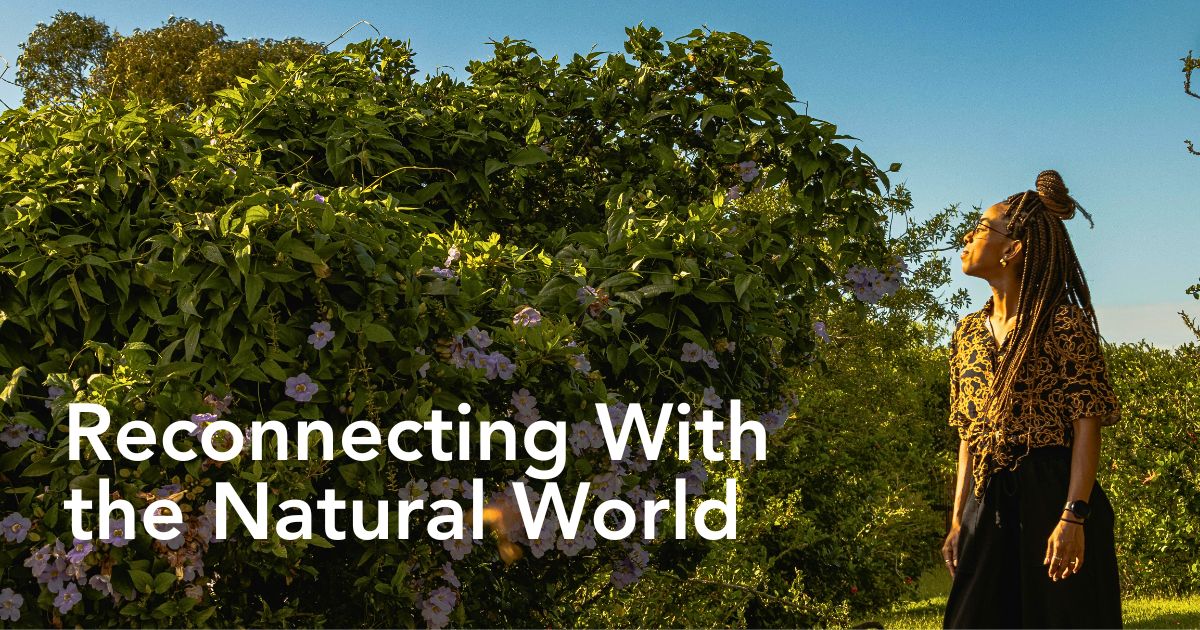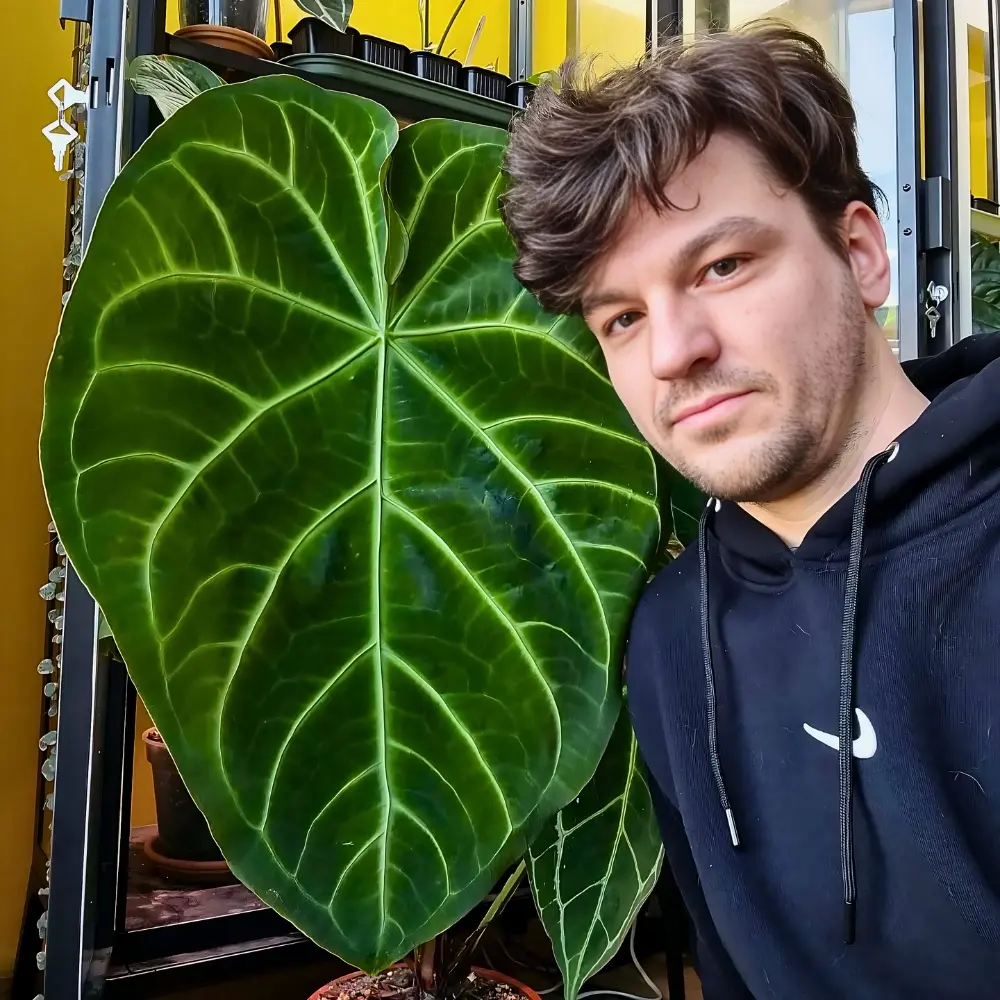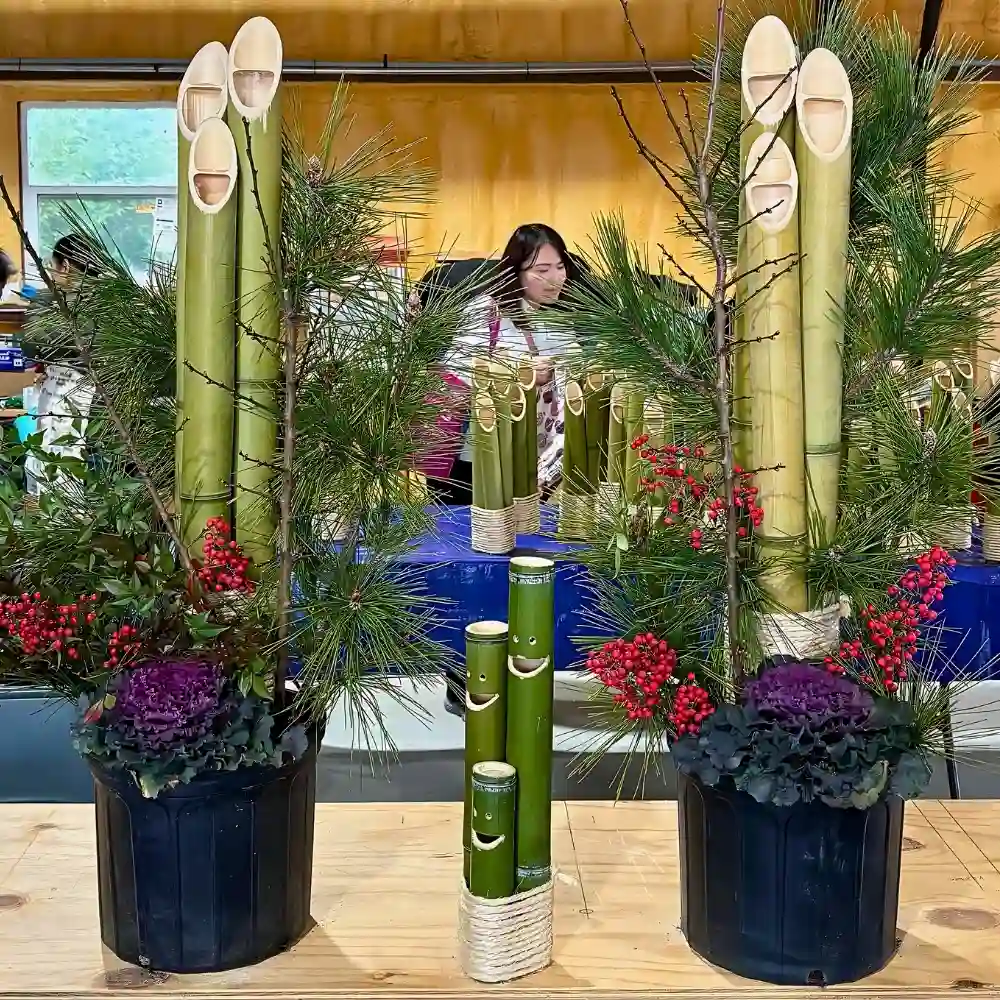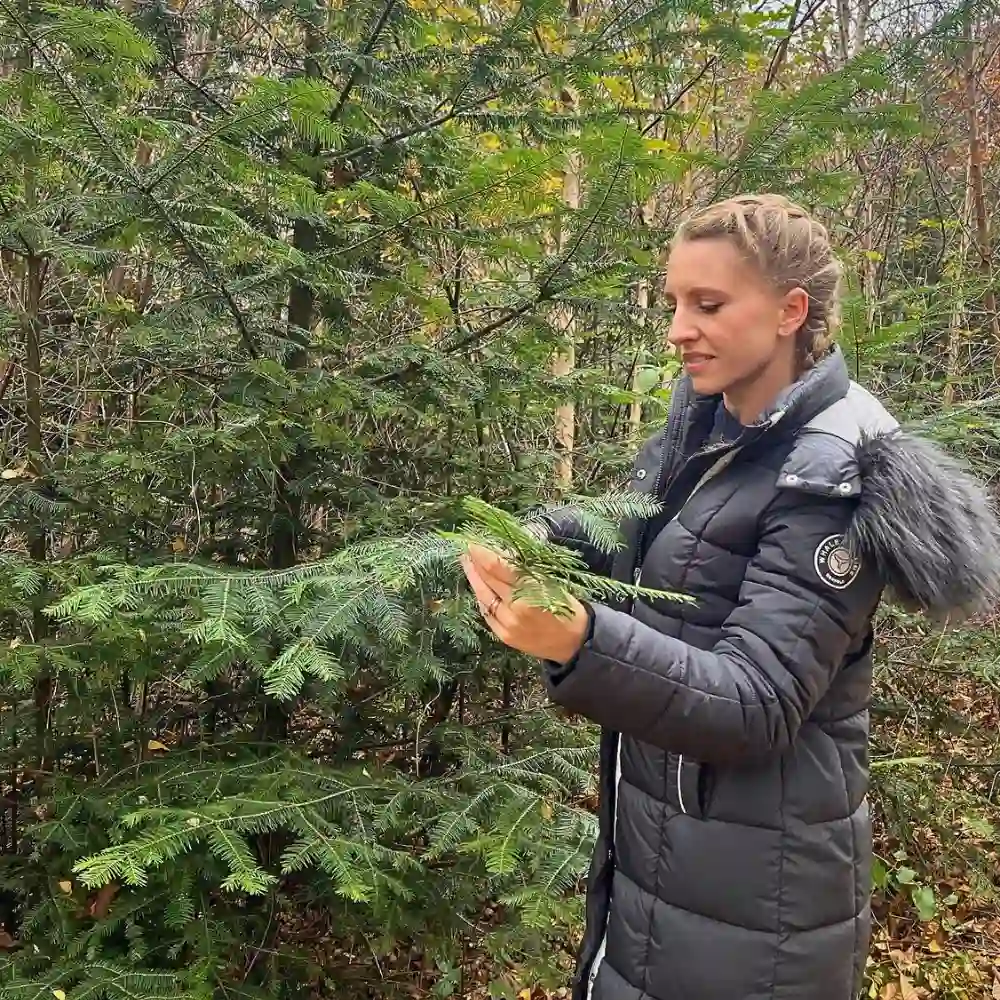Two centuries ago, walking through your neighborhood, the air would likely feel crisp, filled with chirps and birdsong. Trees would line most streets. Gardens, fields, and woodlands would be within easy reach of your front door. Now think of that same walk today, there likely are concrete lanes, the lingering hum of traffic, buildings stretching skyward, and maybe a small park if one is lucky enough. All these are more than just physical changes to the environment. They show the kind of disconnection from nature that has been gradually growing right before our eyes.
Recent research divulges what many may have instinctively felt for some time: the idea that the human relationship with the natural world has been steadily weakening since the 1800s. In fact, modeling studies suggest this connection has declined by more than 60% over the past two centuries. It is not just about having fewer trees around or spending less time outdoors, but more about changes in how people relate to nature. The costs are, however, consequential than one might think.
Where Did It All Start?
Human disconnection from nature is tied to industrialization and urbanization, which began in the mid-1800s. In 1810, only about 7% of people lived in urban areas. By 2020, that number had soared to nearly 83%. As cities expanded and natural spaces shrank, humans’ daily experiences gradually shifted away from the natural world.
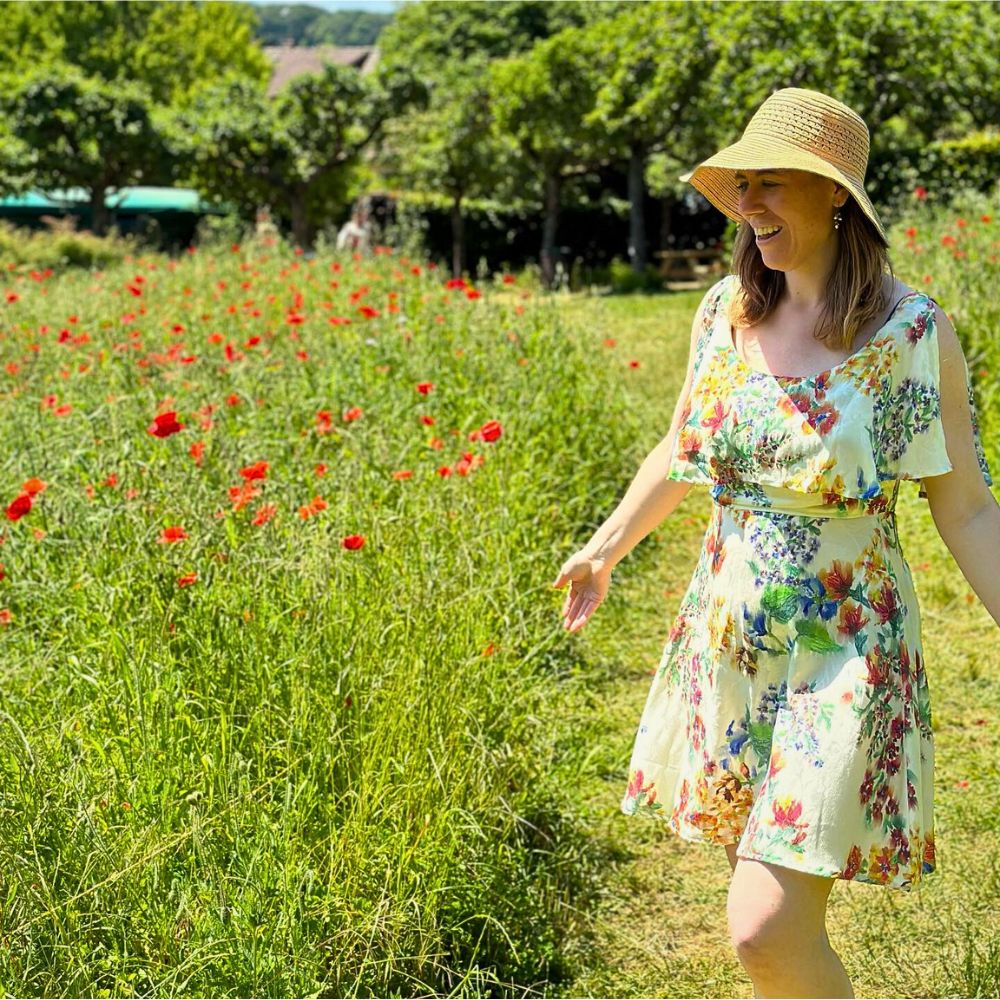
This created what researchers call the ‘extinction of experience,’ which works like a feedback loop. When one has less access to nature, they engage with it less. When they engage with it less, they become less oriented toward noticing or seeking it out. And when their children grow up with limited nature exposure and parents who are themselves disconnected, they start their lives with an even weaker bond to the natural world. Generation after generation, the connection grows thinner and diminishes entirely.
Essentially, it is all about urban environments bombarding humans’ senses with artificial lights, constant noise, concrete indoors, and processed information, which overwhelms their ability to perceive the subtle cues of natural environments. The rustling of leaves, the scent of rain, or the sight of stars become increasingly rare and less prominent in people’s daily lives.

Professor Miles Richardson from the University of Derby led research on the topic, using a creative approach to measure humans’ changing relationship with nature. He analyzed the frequency of nature-related words like ‘river,’ 'moss, ‘blossom,’ and ‘meadow’ in literature from 1800 to 2020. His team identified a pattern of decline, which became particularly steep after 1850, when industrialization and urban growth accelerated.
Researchers’ models have shown two cycles at work in the human-nature relationship conundrum. First, there's the lifetime effect—throughout one’s years, the amount of nature around shapes how connected one feels, which in turn affects how much attention one pays to natural elements in their surroundings. If one lives in an area with little green space, they notice nature less, their connection weakens, and the cycle continues.
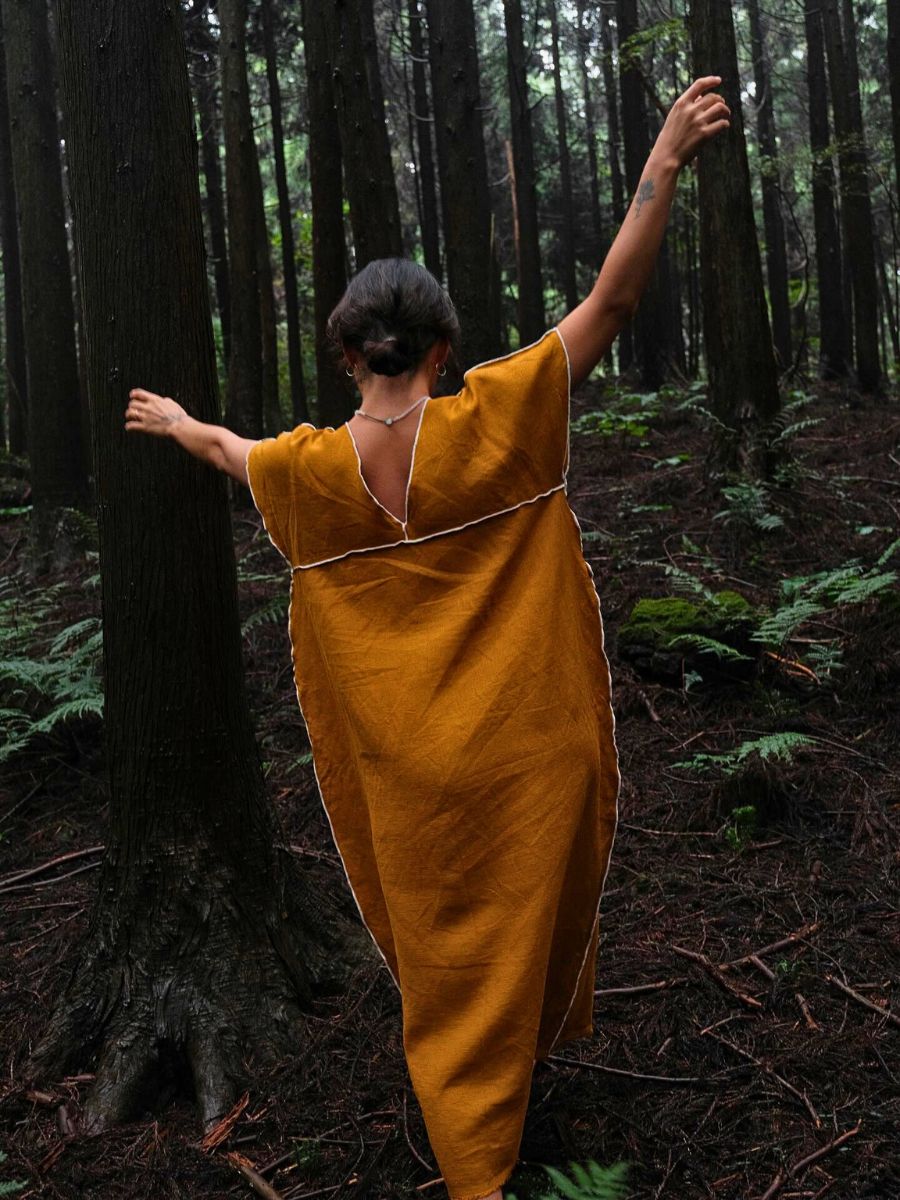
Then there's the generational effect, which is even more influential. This is the concept of ‘environmental generational amnesia.’ Each generation perceives the environmental conditions they experienced in childhood as normal, even if those conditions show degradation compared to the past. If one cannot remember what a thriving ecosystem looks like, how can one effectively work toward restoring it?
Putting some context into this, parents pass their level of nature connection to their children, not just through genetics but through shared experiences and attitudes. A parent who feels disconnected from nature is less likely to spend time outdoors with their children, less likely to point out the changing seasons, or even the birds. Their children inherit this disconnection, and in urbanizing environments with declining nature access, the effect increases.
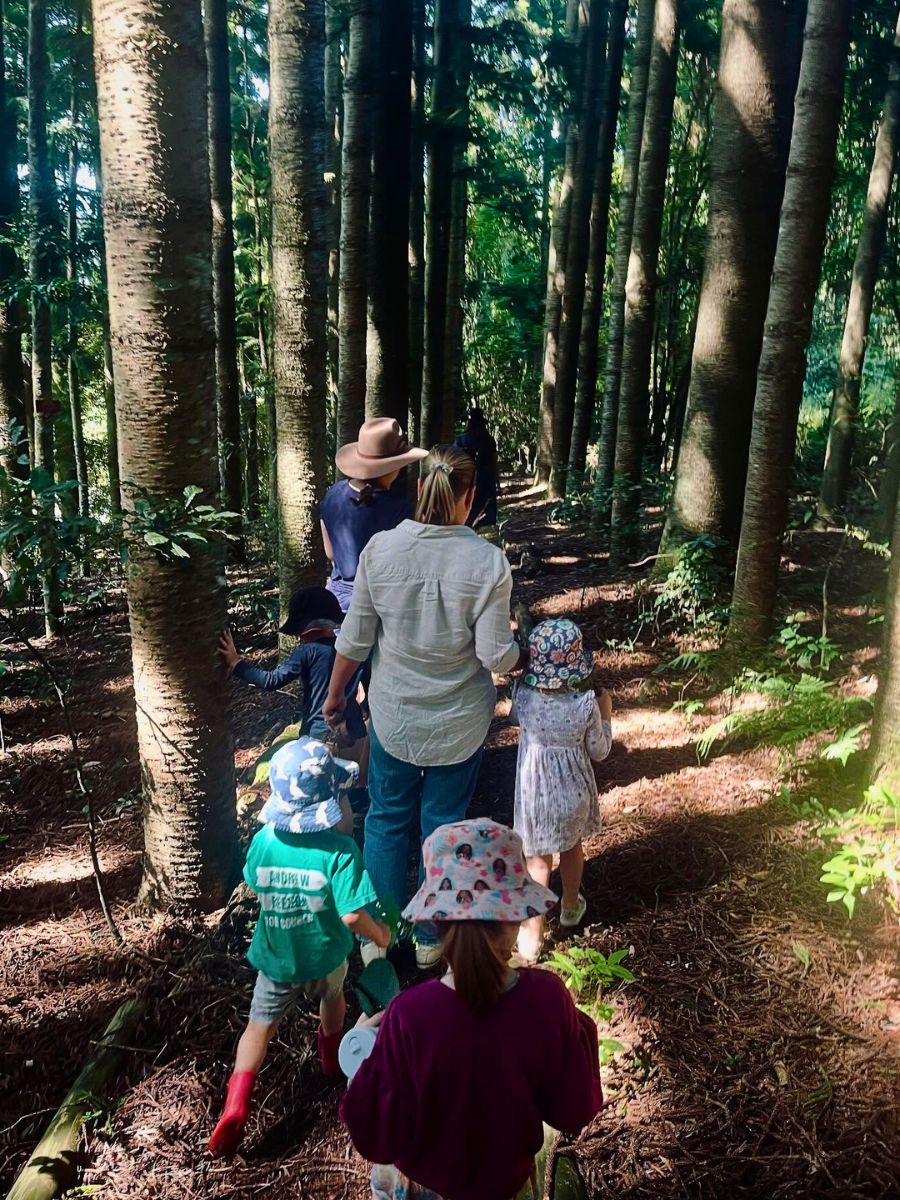
Why Does This Matter?
You might wonder why any of this matters. After all, modern life offers virtually countless benefits—technology, medicine, education, and opportunities that previous generations could never have imagined. But humans’ weakening connection to nature comes with cloaked costs that affect them both personally and collectively.
Studies, for instance, show that people with a stronger nature connection report better mental health and well-being. They experience less stress, greater life satisfaction, and a deeper sense of meaning. For them, nature does not just make for a pleasant backdrop, but is also a source of restoration and perspective that human minds seem innately wired to need. Biophilia makes more sense here!

Human disconnection from nature impacts how people interact with the environment. People who feel connected to nature are significantly more likely to engage in pro-environmental behaviors. You remember Helio da Silva, the tree whisperer of São Paulo? Yeah, such individuals do a lot. They recycle more, consume less, and support conservation efforts.
When people lose that emotional bond with the environment, they lose the motivation to protect what is left of the natural world, which creates another disturbing feedback loop: people becoming more disconnected from the natural environment means they are less inclined to protect nature, which leads to further environmental degradation, which in turn heightens the disconnection, and the vicious cycle continues. The biodiversity crisis and climate change can be partially attributed to this. When the majority of people live in surroundings largely removed from natural processes, it becomes easier to ignore or minimize the importance of environmental protection.

Research still reveals that we may be approaching dangerous thresholds. When urban green space availability falls below certain levels, a vicious cycle happens where small reductions trigger lopsided changes in how disconnected people become. Many urban areas are crossing this line.
What Comes Next?
Simulations projecting into the future suggest that maintaining the current trajectory cannot solve the problem. Even modest improvements produce limited results when starting from such a depleted baseline. To reverse the trend requires changes so substantial they might seem unrealistic at first glance.

The modeling suggests people need something like a ten-fold increase in nature access to meaningfully restore connection at a population level. That might mean spending about 45 minutes per day in green spaces instead of the current average of less than five minutes. Or restructuring cities so that roughly 35% of people’s daily time is spent in natural settings and not in built environments.
While these numbers might feel daunting because they mean a great change in how individuals structure their lives and communities, they point toward what researchers call ‘transformational change’—not small tweaks around the edges, but deeper systemic changes in values, priorities, and the design of social and physical environments.
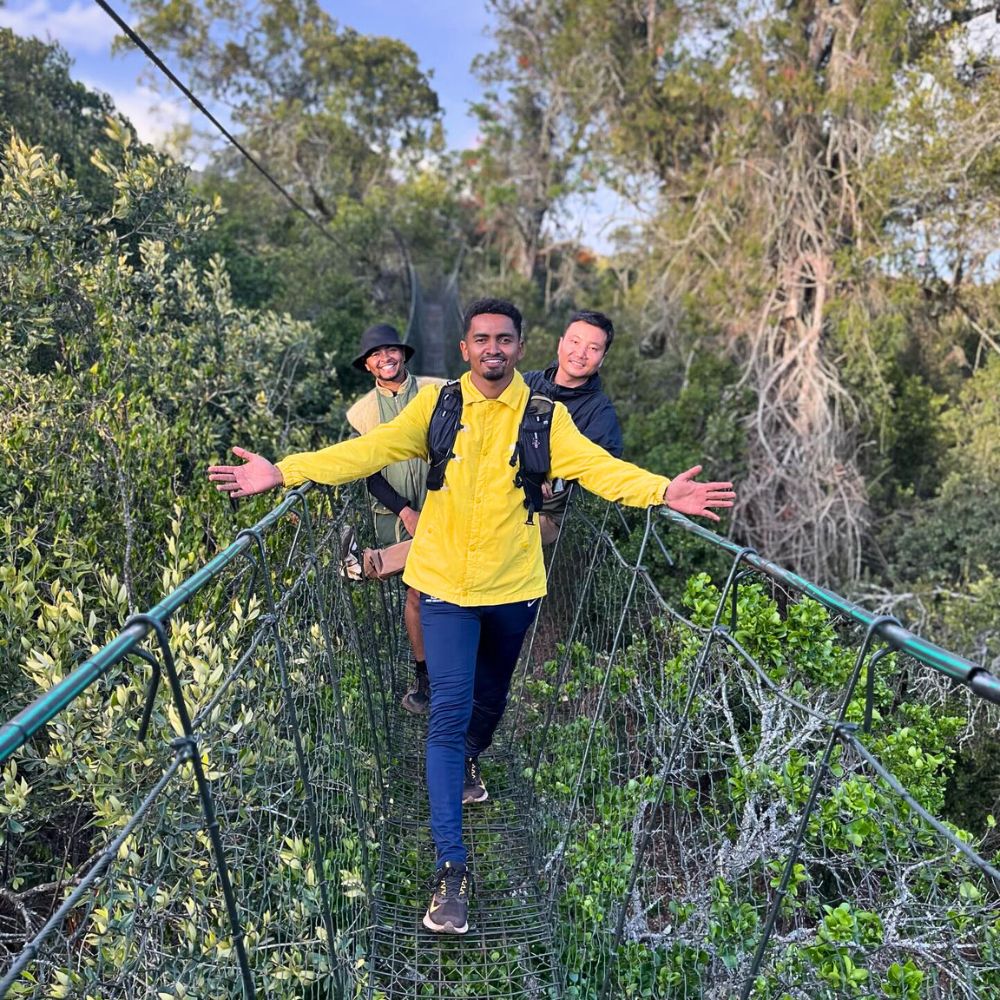
What Are the Steps to Restoration?
In understanding the dynamics, therein lies the key to healing. The same feedback loops that drove decline can work in reverse. First, focusing on families offers great opportunities. Because parents exert such a strong influence on their children's nature connection, programs that engage entire families show particular promise.
Nature-based family therapy, programs that help new parents build their own connection while sharing nature experiences with their young children, and outdoor education programs could help break the cycle. School curricula that build nature engagement into education, community initiatives that make outdoor family activities accessible and appealing, and even simple, widespread campaigns encouraging families to spend time in nature together, could all help reset the intergenerational diffusion.
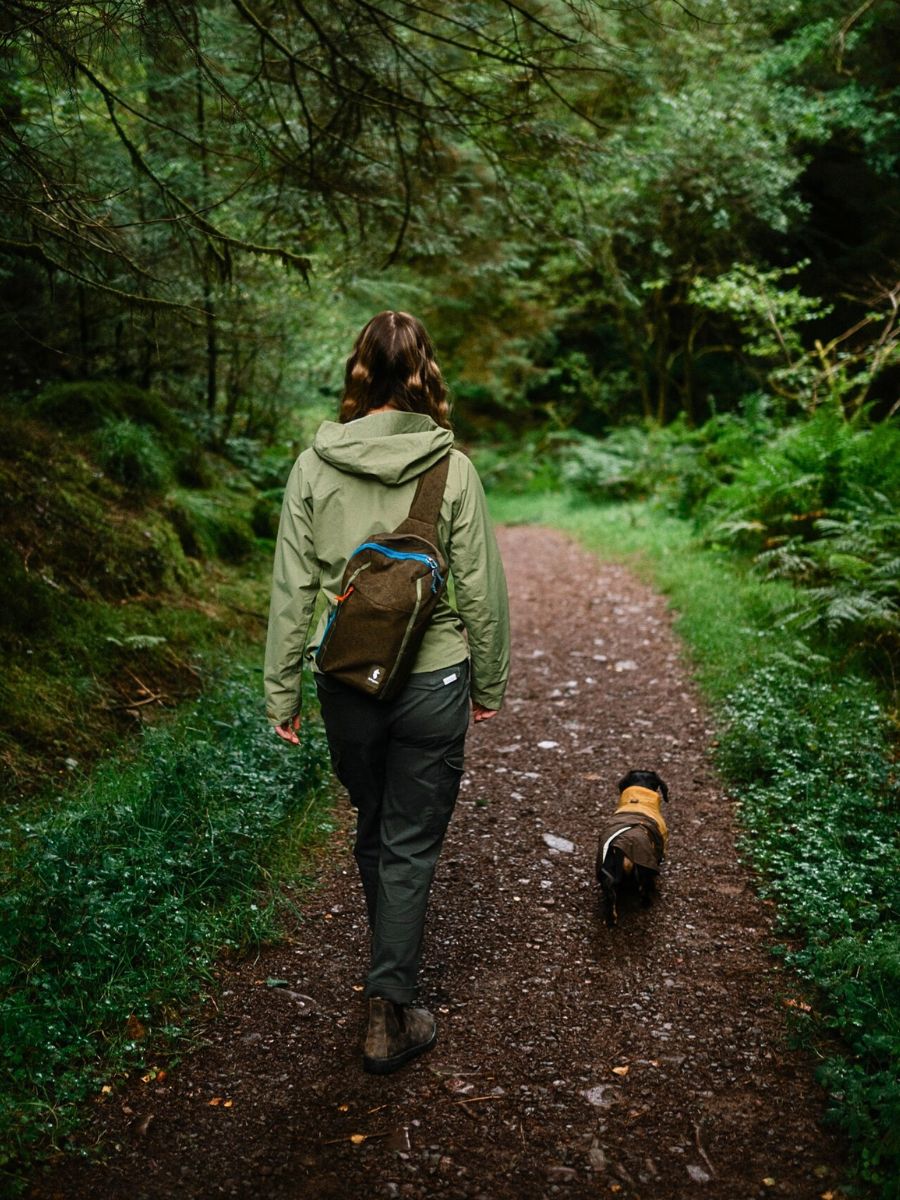
Second, people need to rethink urban design. This does not just mean adding a few more parks. Research suggests the scale of change needed exceeds what many planners imagine. Cities may need to become 10 times or even 1,000% greener to implicitly impact nature connection. Rethinking urban design also means integrating high-quality, biodiverse, verdant spaces throughout cities, making nature access part of education, healthcare, transportation, and housing, and not just an afterthought.
It means creating environments where encountering nature is part of a daily routine. The design of these spaces matters too. Simple access to green areas is not enough. Spaces need to provide opportunities for greater engagement with natural processes, wildlife observation, and sensory experiences that urban environments typically lack.
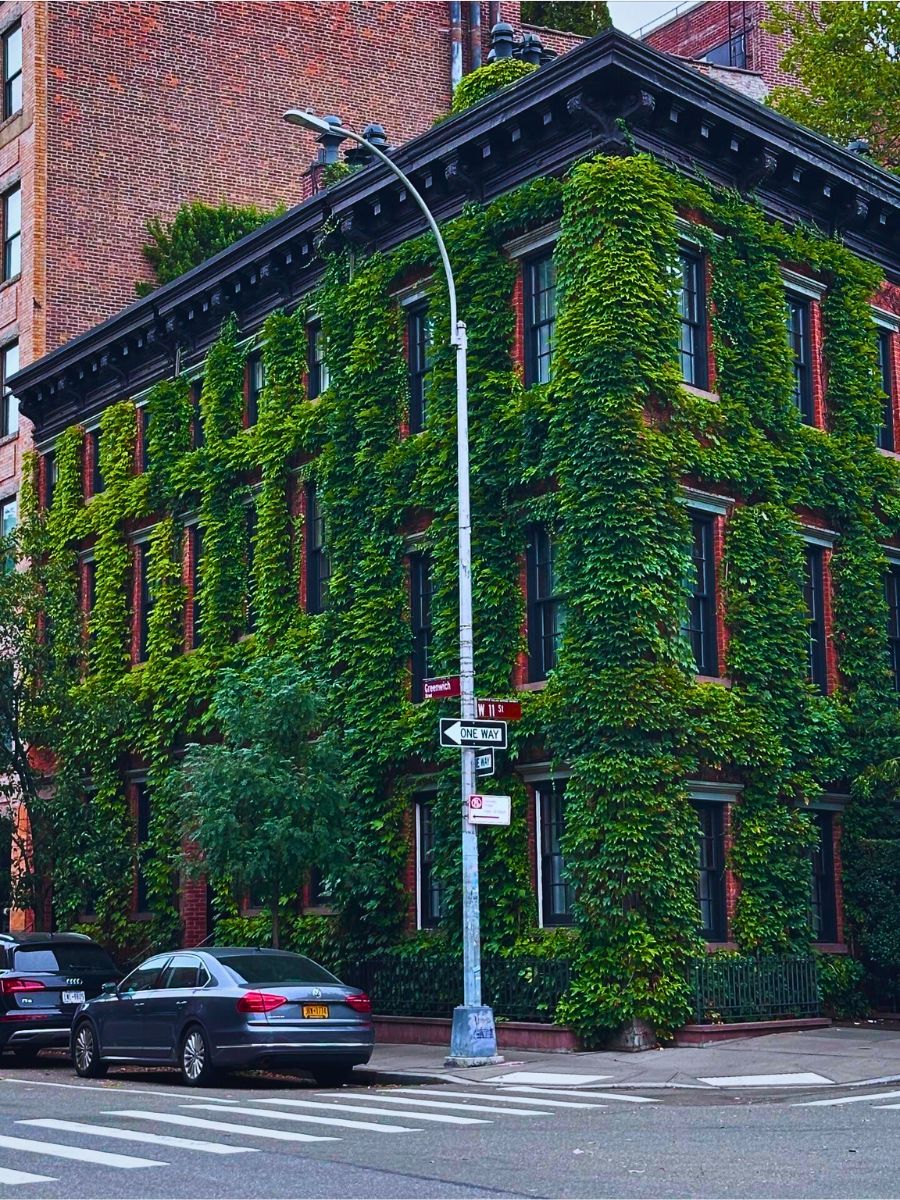
Third, people need to relearn how to pay attention to nature. Even when natural elements exist around, many have lost the habit of noticing them. Simple practices like pausing to watch birds, observing seasonal changes, and appreciating the beauty in nearby nature can strengthen the connection even when time remains limited. Research shows that this quality of attention matters as much as the quantity of time.
Finally, addressing this challenge requires coordination across different levels, from national policy to local community action, from education systems to urban planning. It needs what policy experts call a ‘whole-of-society approach,' where rewiring people to nature is a recognized priority across different sectors, not isolated in environmental departments. With that, people can still experience nature's psychological, emotional, and health benefits.
Feature image by @rahith_m_dharman. Header image by Rodrigo Menezes.

